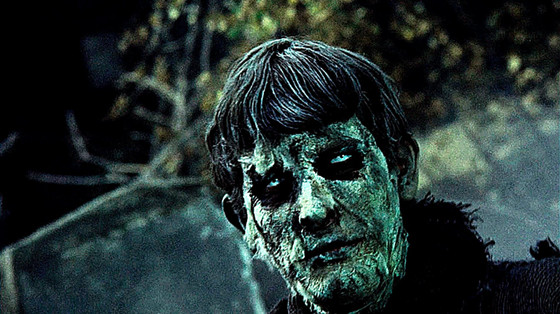
Resembling a great and terrible battle, the blood and horror of ‘Night of the Living Dead’ altered the path of cinematic history.
Every zombie movie made after it owed itself in some way to George A Romero’s original film, generally attaching the mythical creature to a disease: a brainless, contagious, man-eating animal in an apocalyptic world. The question is: who did Romero – “the godfather of zombies” – owe himself too?
Most who remember that early time before Romero made his mark on the genre will note that the zombie was usually a corpse brought back to life by voodoo magic for slave labour. There were numerous contradictions to this archetype however and often the zombie was grounded in revenge, race, the extra-terrestrial, and the atomic. Generally though, the zombie was either reserved to exploitation, comedy or melodrama; rarely taken seriously.
Looking at the handful of feature-length zombie films made between 1932 and 1968, we see both masterpieces and movies that are – just simply – dreadful. As few as they were, they still managed to offer a showcase for some of horror’s finest: Bela Lugosi, John Gilling, Boris Karloff, Barbara Steele, Terrence Fischer and, of course, Vincent Price.
So which ones are worth watching? How exactly do we judge a film on its greatness? Is it its artistic merit or its impact? Is it its cult status or its insight? There’s no simple solution.
For better and for worse, the genre that these films belong to no longer exists. For that reason it’s important that every fan sees them or at the very least appreciates them.
What better way to study the roots of a cinematic icon and the perceptive of another time and another place than watching a movie: blood, splatter and all? They are what they are: a haunting or hilarious dream of ghosts and forgotten things.
10. Plan 9 From Outer Space (1959)
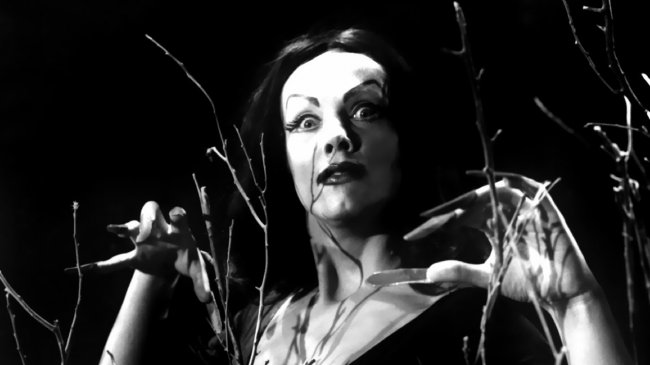
It certainly says something of the state of the genre before Romero arrived when Ed Wood’s ‘Plan 9 From Outer Space’ is considered one of its greatest achievements. Notorious as one of the worst films ever made, it has become the embodiment of the early exploitation zombie: a cheap gag, a heartfelt yet painfully ludicrous warning of atomic capability, and a film which is – just frankly – terrible.
In the film, aliens, frightened of man’s capacity to create a weapon of mass-destruction, attempt to cause anarchy by raising the dead.
Let’s get to the point: ‘Plan 9 From Outer Space’ is godawful. The narration is redundant and plagued with inconsistencies, the direction is directionless, cast can be seen reading their scripts, talent such as of once-Horror Great Bela Lugosi goes unused and the special effects (by any standard, then or now) are cheesy.
As easy as it is to tear the film apart however, there is a certain charm to its absurdity and unintended comedy. To be named “the worst film of all time” is itself an achievement of sorts; the fact that people still watch it and talk about it over a half a century after its release says something of its appeal.
Judging the worst movie is just as hard as judging the best as one inevitably comes to a Catch-22: If the worst film ever made is entertaining, albeit because of its failed merits, is it truly the worst film ever made?
Believe it or not, but there were worse zombie movies made before ‘Night of the Living Dead’ than ‘Plan 9 From Outer Space’. Try ‘Revolt of the Zombies’ (1936), ‘Voodoo Island’ (1957), ‘Invisible Invaders’ (1959) or ‘The Astro-Zombies’ (1968), which are at least as dreadful artistically, yet don’t share the same legendary cult status.
Wood’s film is a great film not simply because it’s fun to watch; it offers a voice to the genre’s unspoken disasterpieces, and the early zombie whose place belonged to C-grade shlock. We can mock and hate, but ‘Plan 9 From Outer Space’ will be talked about and seen and seen time and time again long after we are gone.
9. King of the Zombies (1941)
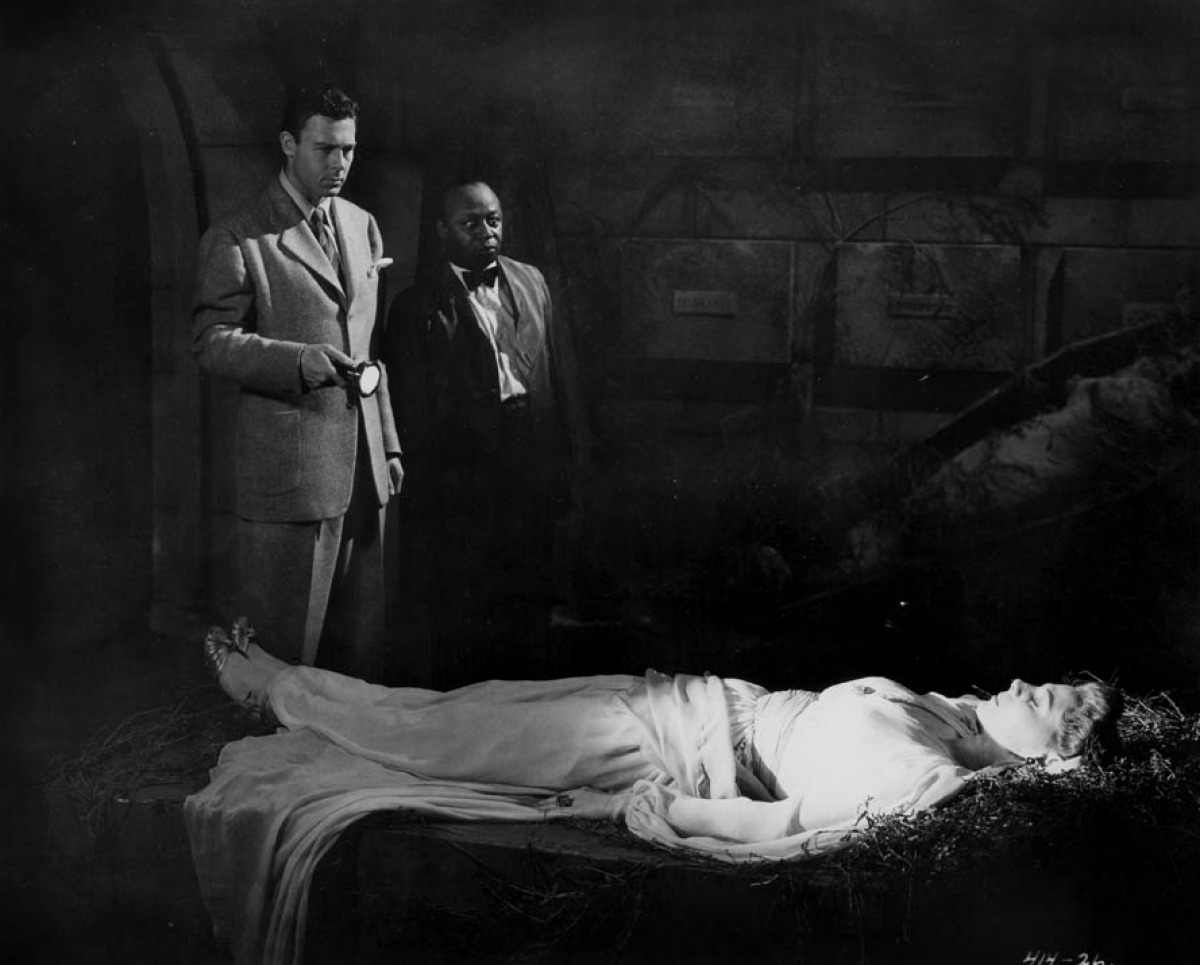
Jean Yarbrough’s ‘King of the Zombies’ was one of the first zombie comedies. Whilst it was backward in many regards, namely in its depiction of black people, it helped cement many of the conventions which would persist in the zombie genre until the late-1960s.
Set then contemporarily during World War II, it follows three men, including a cowardly manservant Jeff (Mantan Moreland), who crash-land on a Caribbean island lorded by a Nazi spy and his army of undead.
‘King of the Zombies’ is wholly a product of its time. It’s a yarn telling of an island ruled by a foreign agent who attempts to use black magic to bring down America; at heart it’s an indictment of the Nazis and their absurd totalitarian regime, typical of many Allied films during the period.
Whilst such a criticism may sit well with the modern viewer, the film’s accentuation of black stereotypes is nothing short of unpalatable. Moreland’s performance is great however is nearly completely undermined by the vulgar archetype it’s attached too.
‘King of the Zombies’ was nominated for an Academy Award for its hypnotic drum beat. For a brief instant the movie was in a league with ‘Citizen Kane’ and ‘How Green Was My Valley’.
Although there was far superior horror comedies around the same time, even in the zombie genre itself, the movie, more than most, helped shape how the zombie was used on celluloid. It proved that filmmakers of the time were little interested in taking monsters from beyond the grave seriously.
On a more unsettling note it established the zombie as a voodoo monster used for labour, or more specifically a racist caricature: a mindless black animal who was useless without the guidance of their white master, and whose sole purpose was reduced to slavery.
There’s good and bad to be found in ‘King of the Zombies’. The simple fact remains; it belongs to another time, a time which we ought to discuss and ought never to forget.
8. Terror Creatures From the Grave (1965)
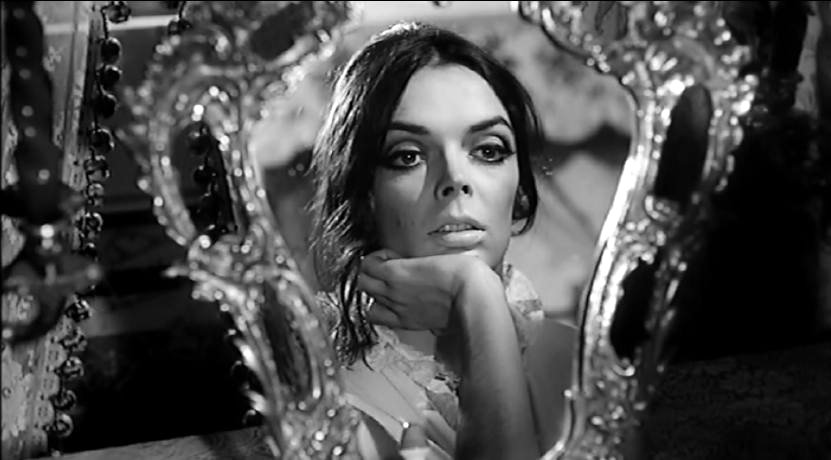
Massimo Pupillo’s mystery is – for better and for worse – a fine example of Italian horror during the 1960s. Featuring great gothic imagery and an eerie score, it offered a distinctive twist on the zombie genre.
An attorney (Walter Brandi) is summoned to a castle to settle the will of its deceased owner. Very soon people connected to the castle begin to meet grisly ends.
While it’s certainly no masterpiece, what it lacks in plot and pacing it more than makes up for in atmosphere. The true success lies in its Italian gothic sets of crypts, large halls and misty graveyards, its ghostly black and white cinematography, and its excellent use of the theremin and a chilling lullaby. Memorable too is the performance of horror icon Barbara Steele, who helps lift the movie to poignant heights.
More interesting is its depiction of the zombies. The zombies themselves are never actually seen – only as a hand crawling from a grave or a shadow on a wall – and are portrayed more as phantoms than real reanimated corpses. It was nothing like what we’re used to today.
The actual use of the zombies in the plot however was not as original. They are essentially used as objects to fulfil revenge from beyond the grave, which had its roots both in the early zombie genre and in the Italian gothic fiction of the time. Zombies, in many movies, were seen as curses, but more particularly as reflections of karma and revenge: the notion that all crimes will be punished and not even death shall halt its course.
While there are superior films of its type, ‘Terror Creatures From The Grave’ still remains a haunting fable that deserves to be seen. It was a popular film until the genre took a significant turn at the end of the 1960s, and as such its influence has largely been forgotten.
7. Earth Dies Screaming (1964)
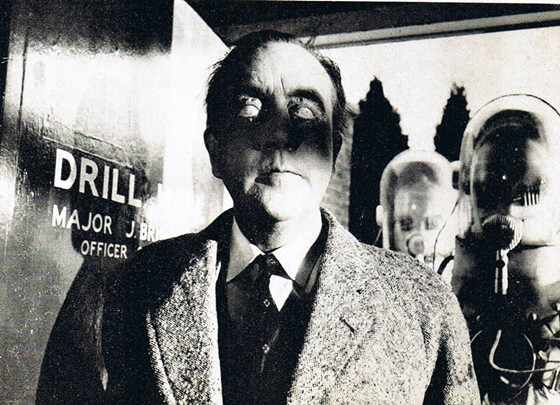
Terrence Fischer’s ultra-low budget sci-fi isn’t an epic spectacle. Yet if one takes it with a grain of salt and appreciates it for what it is, it actually works as a pretty good and original film.
After the world inexplicably stops, a group of strangers attempt to survive a bizarre alien invasion of robots and reanimated corpses.
They say don’t judge a book on its cover, but by name alone ‘The Earth Dies Screaming’ deserves a place among horror’s most memorable titles alongside ‘Cannibal Holocaust’, ‘I Spit On Your Grave’ and ‘The Texas Chain Saw Massacre’. There’s more to admire about the film than just its name however.
Fischer, one of Hammer Picture’s favourite directors, was well experienced in creating a chilling atmosphere on a low budget. There’s an eerie loneliness in seeing people silently dropping dead (contrary to the title), and the empty streets of an old English village painted in stark black and white.
While Fischer’s technical skill couldn’t stop the movie from often looking cheesy, there is a certain charm in seeing men dressed like robots waltz the streets; it’s the nostalgia of watching a classic Doctor Who episode and realising how awful the effects were.
As many have noted, the film deserves credit for offering many of the plot elements which would later be popularised by George Romero. The tale of a group of survivors forced together by a zombie apocalypse and reduced to fighting amongst each other certainly seems to have inspired ‘Night of the Living Dead’, albeit lacking the same tragic realism, claustrophobic horror and political commentary which made Romero’s film a masterpiece.
If nothing else, ‘The Earth Dies Screaming’ helped confirm that the place of the zombie was often best reserved to low budget cinema. It was a prototype which helped pave a course for much greater and more resourceful pictures which we wouldn’t have otherwise.
6. The Ghost Breakers (1940)
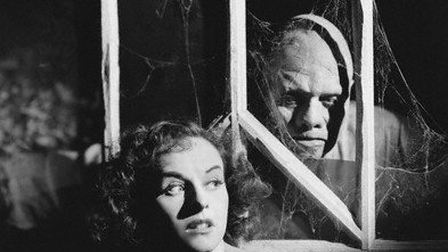
George Marshall’s ‘The Ghost Breakers’ stands with ‘Abbott and Costello Meet Frankenstein’ as one of the great Hollywood horror-comedies of the 1940s. Effectively mixing laughs and chills, it offered a perspective of the zombie which was creepy yet at the same time genuine enough to recognise its own ridiculousness.
It’s a fairly generic horror plot: An heiress (Paulette Goddard) and a radio broadcaster (Bob Hope) investigate a haunted castle in Cuba.
The success of the film lies in Marshall’s excellent balance of horror and comedy. The shadowy sets which sway between English and Southern Gothic create a sense of perpetual dread, even amongst the actor’s hilariously exaggerated performances and their gag responses to the horror.
Whilst certainly not as racist as ‘King of the Zombies’ (which tried to replicate success of ‘The Ghost Breakers’ the following year), the movie suffers in today’s light, as it’s stereotyping of the black manservant as a cowardly, submissive figure is frankly no longer funny.
As the name suggests, ‘The Ghost Breakers’ is just as much about phantoms as it is about zombies. The zombie is likened to any other kind of ghoul which one might expect to be roaming a creepy castle.
The difference however is that the zombie is perched somewhere between European and Caribbean culture, somewhere between a phantom and a voodoo monster, and somewhere between living and dead. The brilliance of Marshall’s portrayal is in its ambiguity, which offers a surprising level of both frights and laughs.
‘The Ghost Breakers’ stands as one of the greatest – and oldest – horror comedies of all time. It signalled an early transition of the zombie from an obscure legend of Caribbean mythology into a figurehead of Western popular culture.